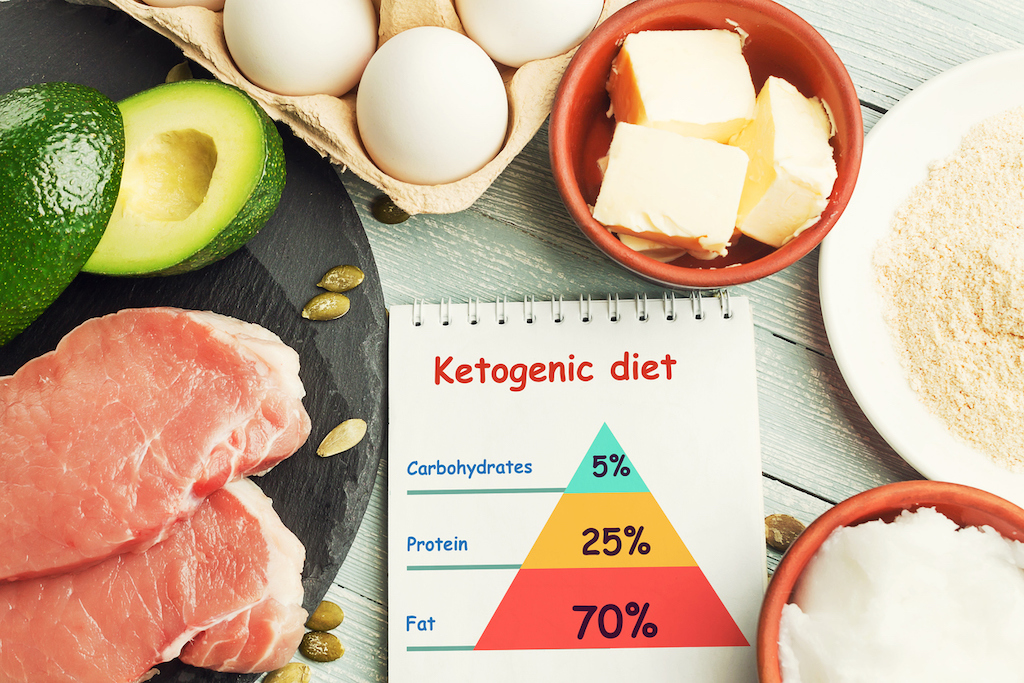My Ketogenic Diet Experience: What I Learned from Trying Keto

My Ketogenic Diet Experience: What I Learned from Trying Keto
- 1 My Ketogenic Diet Experience: What I Learned from Trying Keto
- 1.1 What Happened & Why I Tried Keto
- 1.2 What Is the Ketogenic Diet?
- 1.3 How I Checked for Ketosis
- 1.4 My Result
- 1.5 What My Diet Looked Like
- 1.6 How I Felt Mentally & Physically on Keto
- 1.7 Why I Stopped
- 1.8 What Happened After Keto
- 1.9 Pros & Cons From Recent Research (2025)
- 1.10 What I’d Do Differently Next Time
- 1.11 Who Keto Is / Isn’t Good For
- 1.12 Conclusion
Author: Maegami, blog Goddess’ Bangs

Have you been able to maintain your ideal body shape?
What Happened & Why I Tried Keto
During the COVID period, I (Maegami) overeating, and my weight reached 60 kg. My husband reached 80 kg. Both of us got quite round, and it was physically uncomfortable. To lose weight quickly, we decided to try the ketogenic diet. From late 2020 to mid-2021 — about six months — we followed it. It worked. In this post, I’ll share my personal pros and cons of doing keto.
What Is the Ketogenic Diet?
The ketogenic (“keto”) diet is also called “high fat, low carbohydrate.” You drastically reduce carbs so your body enters ketosis, burning stored fat instead of sugar for energy. Normally the body uses glucose (from carbs), but in ketosis, the body makes ketone bodies (from fat) and the brain and other organs begin using those.
You usually enter ketosis around 3-4 days after you drastically cut carbs. Because when glucose levels are low, your liver converts fat into ketones, and ketones become the main energy source instead of sugar.
How I Checked for Ketosis
I checked by using urine test strips: if the strip turned purple, it meant ketones were present and fat was burning. The lack of spikes in blood sugar also helped me monitor.
My Result
- Lost about 1 kg per month
- Over six months: went from 60 kg → 53 kg (lost 7 kg)
What My Diet Looked Like
Here’s what I ate:
| Meal | Typical Foods |
|---|---|
| Breakfast | Butter coffee only (coffee with butter) |
| Lunch | Generally skipped; sometimes nuts like almonds or walnuts |
| Dinner | Low/no carbs: meat or fish, vegetables (mostly green), avocado, eggs, cheese, butter |
I avoided high-carb veggies like potatoes, onions, carrots. Focused on leafy greens and low-carb vegetables.
How I Felt Mentally & Physically on Keto
- Increased concentration thanks to butter coffee, more “on” energy some days
- Monthly weight loss kept me motivated
- But I also had some ups and downs—cravings, moments when I missed carbs
Why I Stopped
- Reached goal weight
- My husband’s cholesterol levels rose, doctor advised stop
- Became mentally tired of eating keto food—wanted more variety
What Happened After Keto
About six months after stopping, I gained back about 1-2 kg, and since then have been stable. I continue mostly low-carb, but sometimes eat rice etc. in moderation.
Pros & Cons From Recent Research (2025)
Here are updated findings from scientific literature and health institutions about keto diets:
Benefits
- Rapid weight loss, especially early on (mostly water + fat loss).
Northwestern Medicine+2UC Davis Health+2 - Improved blood sugar control, reduced insulin resistance. Useful for people with prediabetes or type 2 diabetes.
Stanford News+1 - Potential mental health benefits: Some pilot studies suggest reduced symptoms in mood disorders, improved brain inflammation, etc.
Stanford News
Risks & Side Effects
- Cholesterol changes: LDL (“bad cholesterol”) may increase depending on fat sources. Saturated fat is riskier.
Northwestern Medicine+1 - Nutrient deficiencies: Lack of fiber, vitamins (C, B group, etc.), minerals like magnesium, potassium.
University of Alabama at Birmingham+1 - “Keto flu”: early side effects like dizziness, nausea, low energy while body adapts.
University of Alabama at Birmingham+1 - Long-term sustainability is a challenge. Many people regain weight after stopping.
Northwestern Medicine+1 - Possible kidney stress, especially for those with preexisting kidney issues.
NCBI+1
Other Considerations
- Recent studies suggest that certain versions of keto (very strict fat-heavy, very low carb) may increase risk in some contexts (e.g. heart health, cancer metastasis in animal models) though human results are mixed and preliminary.
HICCC - Newer modified-keto / “Keto 2.0” styles allow slightly more carbs to reduce side effects while keeping many benefits.
EatingWell+1
What I’d Do Differently Next Time
- Choose more healthy fats (avocado, olive oil, fatty fish) and limit saturated fats
- Monitor cholesterol and blood panels regularly
- Add more fiber via permitted low-carb vegetables and nuts
- Possibly use a modified keto version more flexible for long-term sustainability
- Consult a healthcare professional before and during the diet
Who Keto Is / Isn’t Good For
Good for:
- People wanting to lose weight relatively quickly
- Those without chronic high cholesterol or kidney disease
- People who can follow strict diet rules and tolerate lower variety
Not good for:
- People with history of heart disease, very high cholesterol
- Those with kidney issues
- Diabetics on certain medications (risk of hypoglycemia)
- Anyone who finds strict diets mentally or socially difficult
Conclusion
The ketogenic diet worked well for me for rapid weight loss and improved motivation. However, it isn’t without risks—especially for cholesterol, nutrients, and long-term maintenance. If you’re considering keto:and consider flexibility or a modified version when needed.


